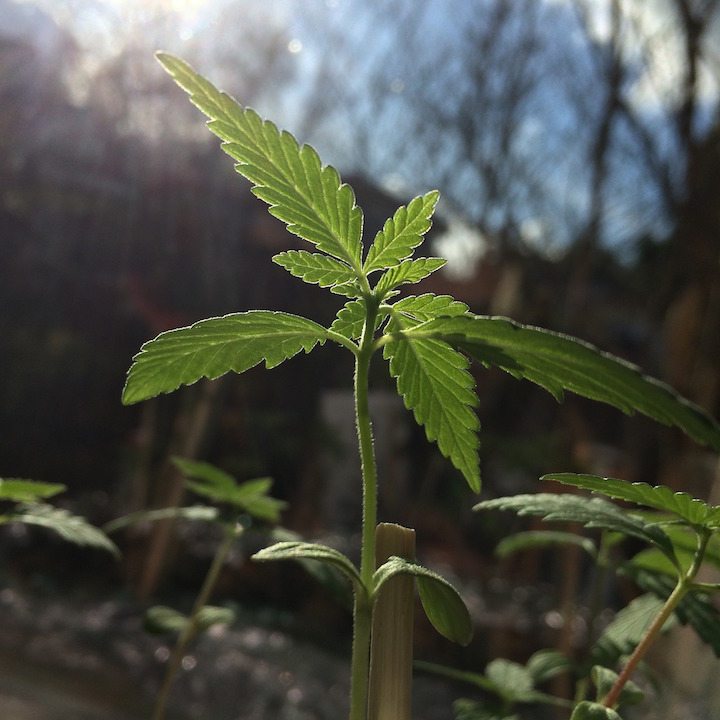How To Grow Marijuana Seeds, Marijuana Seeds News
Differences Between Indoor vs Outdoor Weed Growing
Indoor vs Outdoor Weed
Growing indoor vs outdoor weed has been up for debate a lot lately. For many years growing cannabis outdoors was the only option. Growing it indoors has really taken off in the last few decades. Most of the advancements in cannabis production are a result of indoor growing. Finding ways to improve lighting, mediums, exhaust systems and doing it undetected. Of course the easy excess to seeds online have an influence on the numbers as well. As technology improved, the industry was able to expand its knowledge of the plant by leaps and bounds. This was also true for areas where outdoor farming managed to succeed like Northern California and Southern Oregon.
The differences between indoor vs outdoor weed growing are important to know for the grower and the consumer. Environment, costs and quality are the main factors to consider for the grower. While quality is probably the most important for the consumer. We’re going to look at three key differences between the two methods today.
Costs to Grow Weed
First up are the costs associated with indoor vs outdoor weed growing methods. Both indoor and outdoor operations require substantial starting costs. But the differences really start to show long-term. Indoor climate control systems can cost a small fortune to operate. Whereas a majority of the costs associated with outdoor grows are just in the beginning of the operation. Labor costs also vary between the two methods, with continual turnover in an indoor garden, there’s always work to be done. After you bought the marijuana seeds online and planted them the exciting work starts. Pruning, trellising, watering, feeding, and harvest work are ongoing and more demanding for smaller yields. Outdoors, the grower is working one crop throughout the season. Many outdoor farms with large outputs can operate with minimal employees until harvest, when additional help will be needed.
Indoor Costs
The high costs associated with indoor growing can be recovered through breeding year-round harvests, and creating potent products that have higher selling points. Also indoor growing allows for strains that would otherwise be unsuitable for their local outdoor environment and climate. However, with the rising cost of energy and an increasing demand for more flower in the marketplace, outdoor farming may be able supply the market with quality products at a more reasonable price.
Environments
Next up we have controlled environments vs the natural environment outdoor. Indoor farming allows for complete control of your environment from heat, humidity, light source, C02 production and temperature etc. Controlling these creates a stable habitat to optimize your plants’ growth without having to risk outdoor elements. The indoor grower typically finds cosmetically pristine flowers with a higher THC count. On the flip side, no bulb can produce the same spectrum of light unique to the sun. Which in turn, limits indoor gardens with smaller yields and less vigorous plants. Outdoor farming, however, requires a climate suitable for cannabis production. Good sun exposure, hot days, warm nights, and low humidity.
Complications and Hazards
Growing indoors has complications as well. When the grower tries to simulate a natural environment, there are factors in the natural process that simply cant be replicated. For example, plants grown outside have substantial help against mites from natural predators who share the habitat. Wasps, ants, and ladybugs are some of “nature’s helpers” that keep mite populations at bay. Indoors, the grower cannot hope to completely mimic the incredibly complicated natural environment. If mites appear in an indoor grow space, they can be a challenge to control.
Quality of Indoor vs Outdoor Weed
Finally we’re going to compare the quality of the cannabis between the two methods. Indoor buds have long been recognized as the top-of-the-line product. Being able to control your environment and expedite breeding has resulted in beautiful looking strains with magnificent flavour profiles. Introducing higher CO2 levels than in the natural environment increases bud growth and produces THC levels that are difficult to obtain outdoors. Additionally, indoor cannabis does not have to deal with rain, wind, or any of the other natural elements that can damage an outdoor crop. The buds remain in pristine condition and only start to degrade once handling begins. The scale of most indoor operations generally allows for crops to be harvested in peak conditions and for the product to be cured in a controlled climate.
Of course when growing outdoors, we aren’t able to control the natural environment. Though the end product may not look as pretty as an indoor grown one, the taste, effects, and aroma should still be there. Some consumers find sun-grown organic cannabis to be preferable to the cosmetically pristine indoor alternative. Recently there has been an emergence of commercial greenhouse farming that strikes a balance between the two methods. This style of farming is producing quality results, which is exciting to see in this emerging industry. As we have seen, all styles of farming offer positives and negatives, so give methods a shot if you can and stick to what you like and what works best for you. We love growing our own plants and seeding how different they develop!

